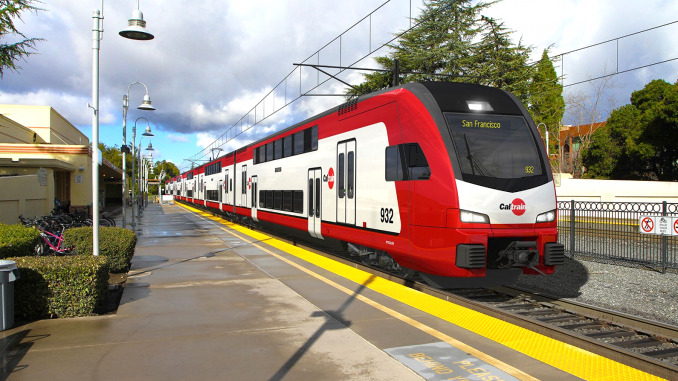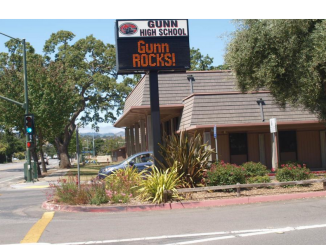
BY ELAINE GOODMAN
Daily Post Correspondent
The city of Palo Alto has started laying the groundwork for a business tax on the 2020 ballot, as the city searches for funding to separate the Caltrain tracks from the street at several intersections.
The City Council tonight (April 22) will review a 15-month work plan for a potential November 2020 ballot measure.
“In the context of evaluating funding sources to address the need for railroad grade separations throughout the city, there has been significant community interest in some form of tax on business activities within Palo Alto,” City Manager Ed Shikada said in a report to the council.
A business tax could take a variety of forms, such as a tax based on number of employees, square footage or revenue, Shikada said. Also still to be determined is whether the tax measure would be a special tax, with funds earmarked for the grade separations and requiring a two-thirds vote for approval; or a general tax, requiring majority approval.
The city has yet to decide how it wants to separate the Caltrain tracks from the street at crossings in town. Some of the options being considered are a train trench for crossings at Meadow Drive and Charleston Road, elevating the train tracks on a viaduct over Meadow and Charleston, a train tunnel through some or all of the city, or a full or partial closure of Churchill Avenue at the train tracks.
The so-called grade separations are taking on more urgency as Caltrain plans to complete an electrification of its system in 2022, which could increase the frequency of trains to 20 per hour at peak times.
The council was due to make a decision on grade separation options this month. Instead, the council’s Rail Committee last month postponed a decision until October while a community working group is expanded and further considers the choices.
The report to the City Council for tonight’s meeting shows the grade-separation decision-making process moving on a parallel timeline to the potential business-tax ballot measure.
Working group to study alternatives
The city would add members to the grade-separation working group within the next month, according to the timeline. If the council gives its approval tonight, the working group would include the current 12 Community Advisory Panel members, plus one representative each from Stanford University, Stanford Research Park, Stanford Health or the Stanford Shopping Center, the Palo Alto Chamber of Commerce, the Palo Alto Unified School District, and the Friends of Caltrain Board.
The group would meet seven times beginning in late May, and ideally would agree on one preferred option for railroad crossings at Charleston, Meadow and Churchill. A community meeting would be held in mid-October, with the council choosing grade separation options on Oct. 28, according to the proposed timeline.
Meanwhile, the city would hire a consultant to analyze different options for a business tax, which would be presented to the council’s Finance Committee in June and August. Polling and community outreach would take place through early 2020, with a council decision on placing a measure on the ballot expected by June of next year.
Voters in two mid-Peninsula cities approved business taxes in the November 2018 election.
Business taxes approved in nearby cities
Mountain View voters approved Measure P, which charges businesses with more than 50 workers a fee ranging from $75 to $150 per employee, depending on the company’s size. For Google, the city’s largest employer, that translates to $3.3 million in taxes a year. Overall, the tax, which 71% of voters approved, is expected to raise about $6 million a year. The city plans to use most of those funds for transportation projects.
In East Palo Alto, voters in November approved Measure HH, which charges a fee on commercial office space of more than 25,000 square feet at $2.50 per square foot. Eighty percent of voters were in favor. The measure is projected to bring in about $1.7 million a year, of which at least 35% would be spent on low-income housing construction.
But Palo Alto has repeatedly considered — and then backed off from — putting a business tax on the ballot.
In June 2016, the council agreed not to put a business tax for transportation programs on the November ballot that year, due to concerns that the ballot measure would have been too rushed. The proposal was to tax businesses based on their number of employees. The council decided to aim for a ballot measure in 2017 or 2018 instead.
But in May 2017, the council again postponed pursuing a business tax. Then-City Manager Jim Keene said at the time that city staffers were swamped with other projects and that other funding for transportation projects might emerge.
Voters rejected 2009 business tax
The city placed a per-employee business tax on the ballot in 2009, but the measure failed, with 57% of voters saying “no.”



